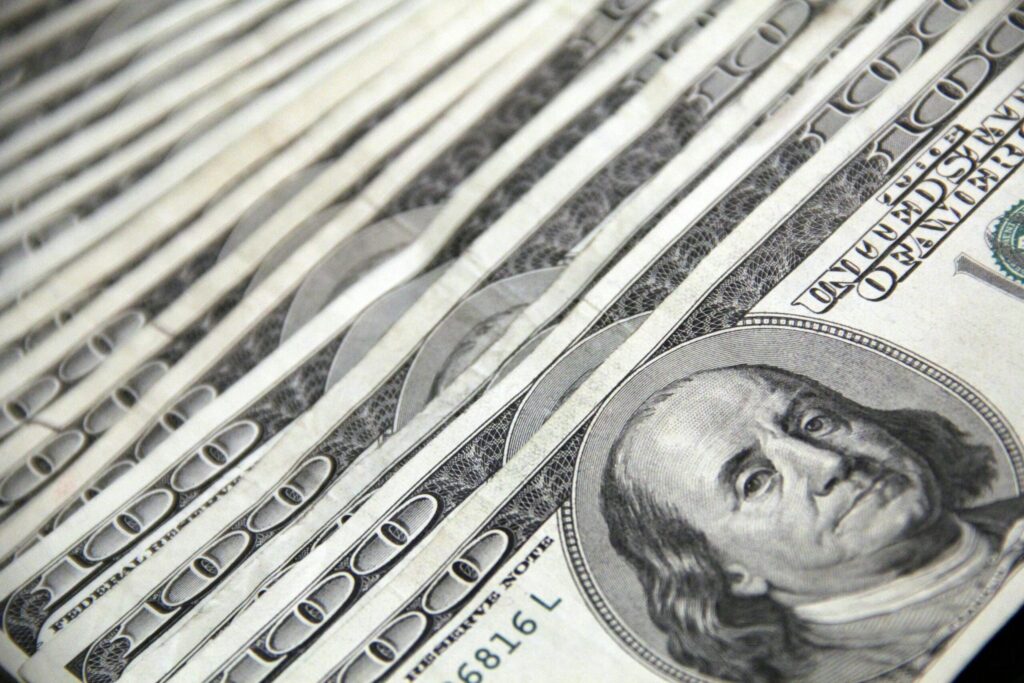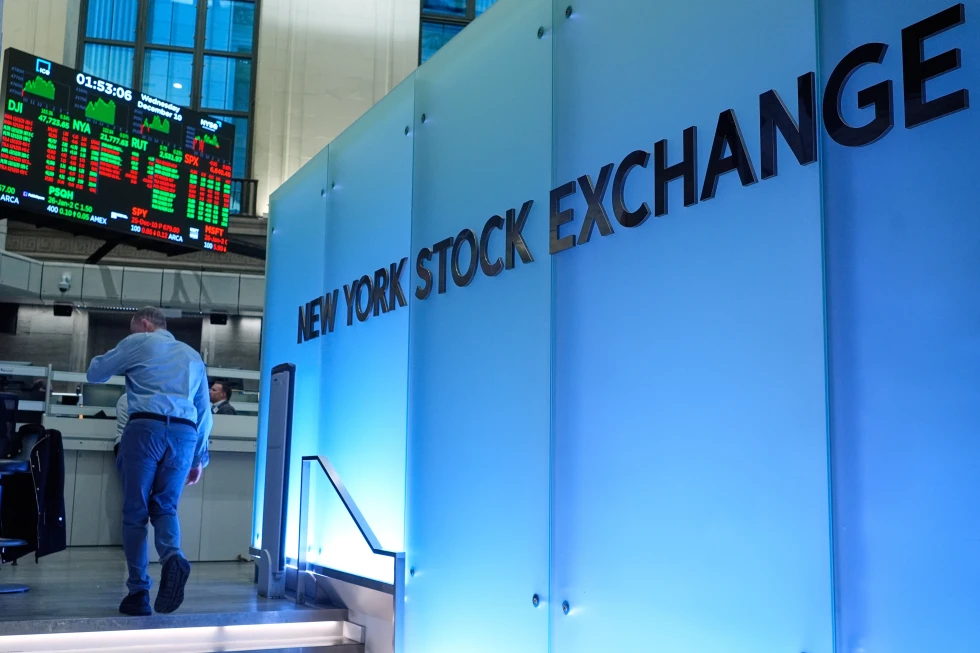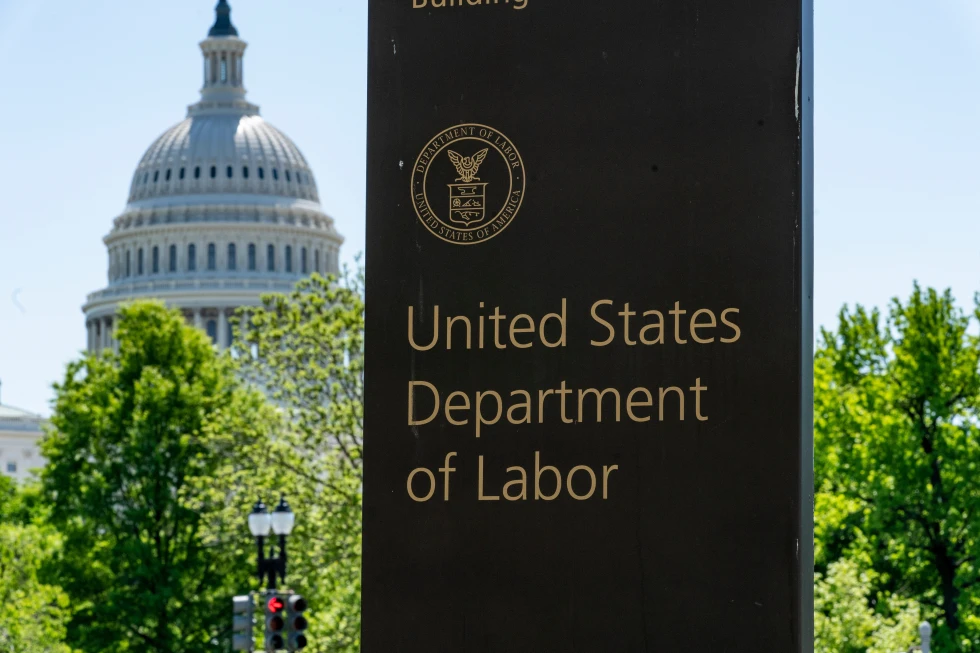Dollar Hits 50-Year Low Amid Investor Retreat from U.S. Assets

Greenback Tumbles as Trump Policies Shake Global Confidence
The U.S. dollar is heading toward its worst first-half performance in over five decades, as President Donald Trump’s economic and trade policies prompt global investors to scale back their reliance on the world’s dominant currency.
The dollar index—tracking the greenback’s value against a basket of major currencies including the euro, pound, and yen—has plummeted more than 10% in 2025. This marks the steepest decline since 1973, when the Bretton Woods system that linked the dollar to gold was dismantled.
“The dollar has become the whipping boy of Trump 2.0’s erratic policies,” said Francesco Pesole, foreign exchange strategist at ING. “Between the tariff turmoil and rising concerns about fiscal sustainability, the appeal of the dollar as a safe haven has eroded.”
At the center of investor anxiety is Trump’s “One Big, Beautiful Bill,” a sweeping tax and spending package currently being debated in the Senate. With provisions set to balloon the national debt by $3.2 trillion over the next decade, the legislation has sparked a sell-off in the U.S. Treasury market and further weighed on the dollar.
Adding to pressure on the currency are investor concerns about the Federal Reserve’s autonomy. Trump has repeatedly called for aggressive interest rate cuts, and markets now expect the Fed to deliver at least five quarter-point reductions by the end of 2026.
As a result, U.S. stocks have soared to record highs, but the dollar’s slide has muted the global appeal of those returns. In dollar-adjusted terms, the S&P 500 continues to underperform European benchmarks, especially with the euro appreciating 13% this year to above $1.17—defying predictions it would fall to parity.
“Investors are no longer assuming U.S. assets are the default safe play,” said Andrew Balls, CIO of global fixed income at Pimco. He referenced the administration’s shift toward “reciprocal tariffs” in April as a pivotal moment for market sentiment. “There’s a recalibration underway.”
Despite the sharp drop, analysts say the dollar’s role as the world’s reserve currency remains intact. However, central banks and institutional investors are now more actively hedging their dollar exposure, which has only accelerated the greenback’s descent.
Foreign investors, including sovereign wealth funds and pension plans, are increasingly questioning the dollar’s reliability as a haven asset. At the same time, gold prices have soared to record highs, fueled by central bank buying and broader fears of dollar devaluation.
“The trade against the dollar has become crowded,” said Guy Miller, chief market strategist at Zurich Insurance. “We may see the pace of the decline slow, but the fundamental pressures aren’t going away.”
The dollar is now at its weakest level against rival currencies in over three years. While the decline could benefit U.S. exporters, the broader implications for capital markets and global confidence in American fiscal management remain uncertain.
By Staff Writer, Courtesy of Forbes | June 30, 2025 | Edited for WTFwire.com
Source: Financial Times
: 212







